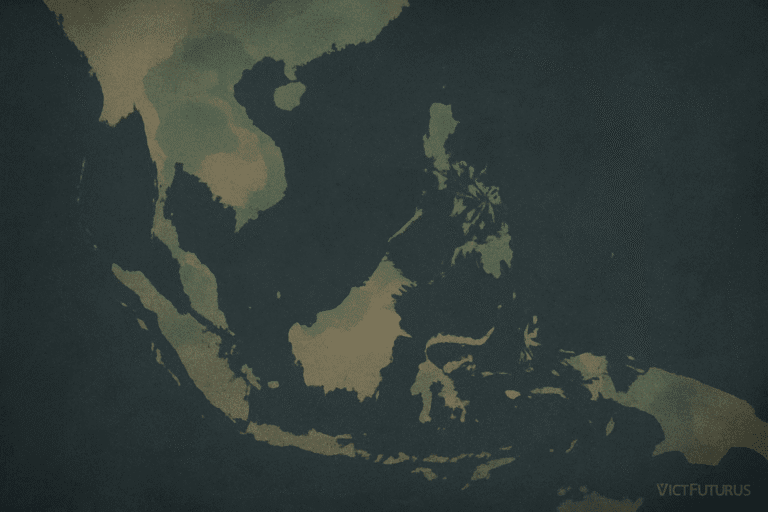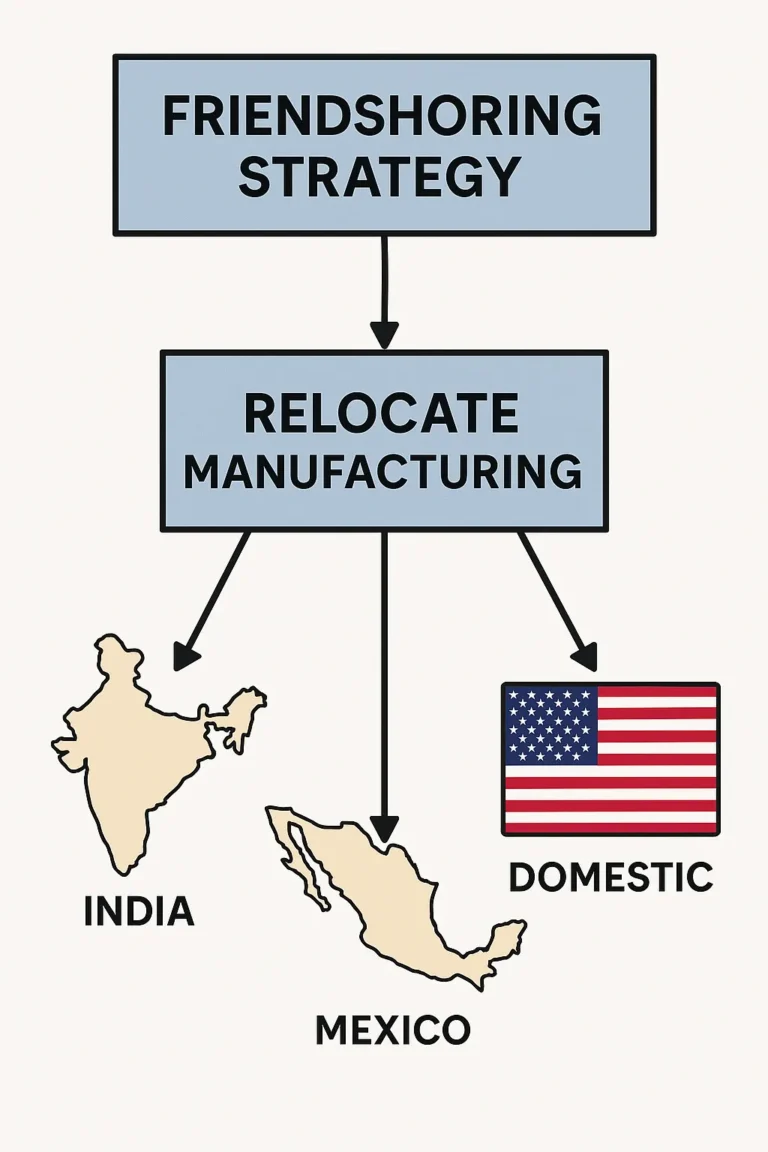Vietnam’s Geopolitical Position in 2025: Eyeing Opportunities Amid Growing Tensions
Originally posted on my Substack, read the full article here.
In the geopolitical chessboard of 2025, the United States, China, and Russia are locked in escalating competition—not just for dominance in military and economic power, but for strategic influence that spans the entire Asia-Pacific region. At the heart of this contest lies Vietnam’s geopolitical position, a critical hinge between continental Asia and vital maritime trade routes in the South China Sea. As great powers maneuver for control and alignment, Vietnam finds itself both courted and pressured, its choices carrying outsized significance in shaping the region’s future balance.
For Vietnam, this presents both a unique advantage and a vulnerability. Positioned at the crossroads of global trade routes and situated in the South China Sea, Vietnam’s future is intricately tied to how it navigates these tensions.
This article explores how Vietnam’s strategic position could shape its path forward as either a growing economic powerhouse or a player caught in regional conflicts.
Vietnam’s Geopolitical Strategic Position: A Historical Context
Vietnam’s geopolitical position has long shaped its role in global affairs. Far from a recent development, its strategic importance has been recognized for centuries.
During the Cold War, Vietnam became a pivotal battleground between the United States and the Soviet Union—its war not merely a local conflict, but a key front in the global ideological struggle between East and West. The U.S. viewed Vietnam as critical to halting the spread of communism, while the Soviet Union supported it as a frontline ally against American influence in Asia.
Since the war’s end, Vietnam has pursued a careful strategy of balancing great power relations—maintaining political neutrality while leveraging its location to expand economic and diplomatic influence in an increasingly multipolar world.
Vietnam’s Geopolitical Advantages in 2025
A Gateway to Southeast Asia
Vietnam’s location at the heart of Southeast Asia positions it as a vital player in global trade.
Sharing a northern border with China and direct access to the South China Sea—one of the world’s busiest maritime corridors—Vietnam’s geopolitical position offers both strategic leverage and economic opportunity.
Its ports, including Hai Phong and Ho Chi Minh City, have become critical gateways into the ASEAN market, one of the fastest-growing economic zones in the world.
Leveraging this advantage, Vietnam has signed key free trade agreements, such as the EU-Vietnam Free Trade Agreement (EVFTA) in 2020. This move not only boosted its export sector but also strengthened its appeal as a competitive manufacturing hub and alternative to China in global supply chains.
Diplomatic Leverage in US-China Tensions
As tensions between the US and China escalate over the South China Sea, Vietnam has maintained a delicate diplomatic balancing act. Despite sharing a contested claim with China over parts of the South China Sea, Vietnam has taken a strong stance in resisting China’s growing militarization of the region, seeking international support.
Recent Example: In 2019, Vietnam hosted the US-North Korea summit, highlighting its importance in US-China geopolitical dynamics. The US views Vietnam as a strategic partner in counterbalancing China’s growing influence in Southeast Asia.
Economic and Military Diversification
Vietnam has increasingly diversified its foreign relations. While historically dependent on Russia for military technology and China for trade, Vietnam has also cultivated stronger economic ties with the US, Japan, and South Korea. In terms of defense, Vietnam has been modernizing its military capabilities, acquiring advanced weaponry from Russia and forming closer military relations with the US, especially in maritime security.
Recent Example: In 2020, Vietnam signed a military trade agreement with the US to enhance its naval capabilities, marking a significant shift away from reliance on China and Russia for defense needs.
Vietnam’s Vulnerabilities in the Global Power Struggle
China’s Growing Influence
While Vietnam benefits from its trade relationship with China, the growing militarization of the South China Sea and territorial disputes pose significant threats to its sovereignty. China’s influence, both economically and geopolitically, creates a complex balancing act for Vietnam, which must navigate the delicate relationship without compromising its independence.
“Vietnam’s trade flow highlights its economic dependence on both the US and China, making neutrality a challenging strategy.”
The Risk of Becoming a Proxy in US-China Tensions
The escalating US-China rivalry could pull Vietnam into the conflict, either directly or as a proxy state. As both superpowers vie for dominance in Southeast Asia, Vietnam faces the challenge of aligning with one without alienating the other. A shift toward the US could provoke China’s retaliation, especially against Vietnam’s manufacturing sector, which relies heavily on Chinese trade.
How Vietnam Can Navigate Its Geopolitical Landscape
In the face of rising global tensions, Vietnam has a number of strategic avenues to explore:
Strengthening Multilateral Relationships: Rather than picking sides in the US-China rivalry, Vietnam should focus on enhancing its multilateral alliances. Strengthening ties with ASEAN, the Asia-Pacific Economic Cooperation (APEC), the EU, and Japan will enable Vietnam to maintain flexibility in its foreign policy.
Modernizing Its Military: Vietnam must continue to modernize its defense sector, focusing not only on purchasing advanced military equipment from Russia and the US but also investing in developing indigenous defense capabilities, especially in the areas of naval defense and cyber warfare.
Leveraging Technology and Innovation: As Southeast Asia’s economy continues to grow, Vietnam has the opportunity to become a regional hub for technology and innovation. By fostering investments in AI, fintech, and green energy, Vietnam can appeal to both US and European interests, positioning itself as a key player in the emerging digital economy.
Conclusion: Vietnam’s Critical Position in 2025
In 2025, Vietnam stands at a critical crossroads, encircled by rising geopolitical tensions between the United States, China, and Russia. Its strategic position offers immense opportunity—but also exposes it to significant risk.
To chart a secure path forward, Vietnam must continue leveraging its geographic advantages, strengthening diplomatic alliances, and diversifying both its economic and military partnerships.
With a clear, adaptive strategy, Vietnam has the potential to not only weather this global turbulence, but to emerge as a resilient and truly independent power at the heart of Southeast Asia.
For more insights on Vietnam’s geopolitical positioning and strategies for the future, read our Strategic Ambiguity Division.







